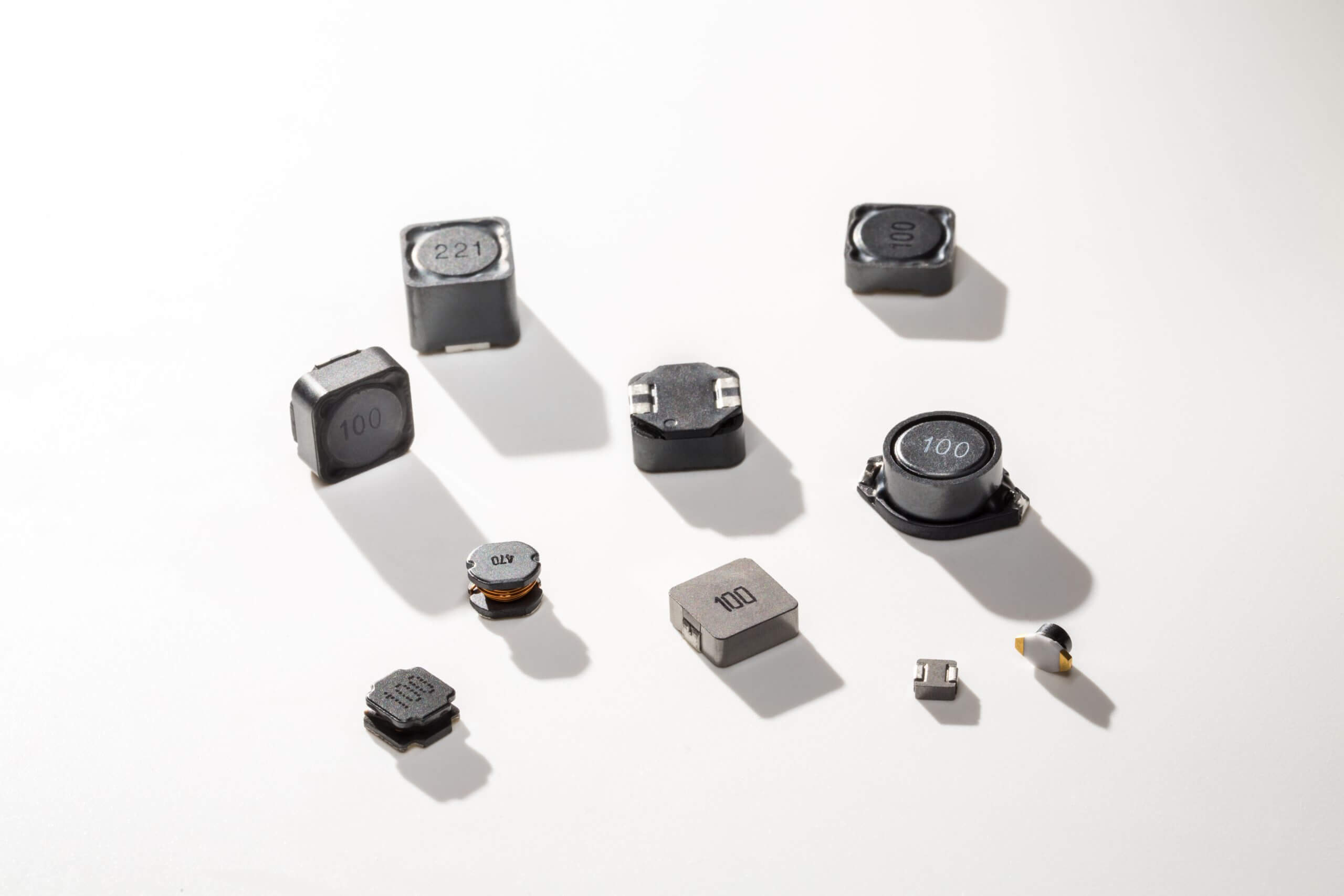About “Power Inductor”(Power Inductor)Development Trend
1. According to TrendForce research, the world’s smartphone production will reach 3.3 billion in 2022, each of which uses dozens of thin power inductors to make the power module operate and output stably. Further improve the performance of the power module to the inductor, in order to develop high load conversion efficiency, low noise, stable output and other related components integration technology.
2. The automobile industry has developed for nearly a hundred years. In 2020, new automotive technology applications will begin. The utilization rate of electronic products in the whole vehicle has increased from 20% to the current 40%, and the penetration rate has increased significantly. It is expected that the proportion will increase to 50% in 2030. The automotive industry has evolved from being dominated by machinery in the past to being dominated by electronics today, which means that the entire vehicle is highly dependent on the processing of electronic components to drive. Based on safety considerations, the design of magnetic components must pass through more severe environments such as high temperature and shock resistance. Rethinking is required to meet the requirements of AEC-Q200. Therefore, the strength and tolerance will be simultaneously upgraded to the biggest challenge under the electronic miniaturization design.
About core materials and inductors:
Core Material
Power magnetic cores are mainly divided into magnetic metal systems and ferrite magnetic systems. Magnetic metal systems have high saturation magnetic flux properties (1.5 T~2.0 T), which help to improve saturation current and miniaturization after being made into inductors; The low resistivity produces magnetic loss but is not conducive to frequency enhancement, and the cut-off frequency is only hundreds of kHz. At present, the common magnetic metals include iron-nickel-molybdenum alloy (MPP), iron-silicon-aluminum alloy (Sendust), iron-nickel alloy (High Flux), iron powder core (Iron Powder) and other magnetic metals or their composite combinations. On the contrary, compared with the magnetic metal system, the ferrite magnetic system has high magnetic permeability and high insulation, which can increase the inductance and reduce the high-frequency magnetic loss, so that the cut-off frequency can be increased to more than tens of MHz; but the low saturation magnetic flux (0.35 T The properties of ~0.5 T) are not conducive to high saturation current, so that when the ferrite core encounters high load current, it is easy to accelerate saturation and the magnetic permeability drops sharply. Ferrite magnet materials are mainly nickel-zinc (NiZn) and manganese-zinc (MnZn). In order to achieve high-frequency and high-current specifications and development, appropriate amounts of various trace oxides must be doped into the spinel structure or surface modification. Adjust the process parameters to adjust lattice matching, microstructure distribution, etc., to achieve the development of key technologies such as reducing stress and improving magnetic properties.
Inductive Components
The new inductance element is mainly responsible for electromagnetic conversion storage or noise filtering in the power supply design process. It is a unit structure designed by integrating the magnetic core material and the coil winding. The inductance of the element is proportional to the material permeability (μ), the square of the number of turns of the coil winding (N) and the equivalent magnetic circuit cross-sectional area (Ae). In addition, the DC resistance (DCR) of the inductor coil winding is also an important design parameter. 1. The coil resistance is measured under the direct current state, and its value depends on the resistivity, wire diameter and length, etc. The DCR value of the coil is often minimized in the design of the inductor structure. The smaller the DCR value, the smaller the I2R loss, but the larger the wire diameter must be used, the larger the volume of the inductor and the higher the cost. Therefore, the optimal design must be made by compromising DC loss, component size and allowable voltage drop.
Automobile applications
There are many applications of inductive components, which are mainly divided into electromagnetic energy storage conversion, high-frequency RF filters, transformers, motors and sensors. Taking the smart vehicle power supply module as an example, when the vehicle is running at high speed, the temperature of the vehicle body will have different temperature rises depending on different functional modules such as engine room, ABS, LED, etc. The temperature range is distributed from 85˚C to 150˚C, especially the ambient temperature of the engine room that provides power is up to 150˚C. Under such a high temperature environment, a stable power supply is required to provide the Electronic Control Unit (ECU) for operation and control, especially In the future, after the application of unmanned self-driving cars, the internal power components will not be allowed to fail suddenly due to long-term operation, which will affect the safety of self-driving cars in serious cases.

